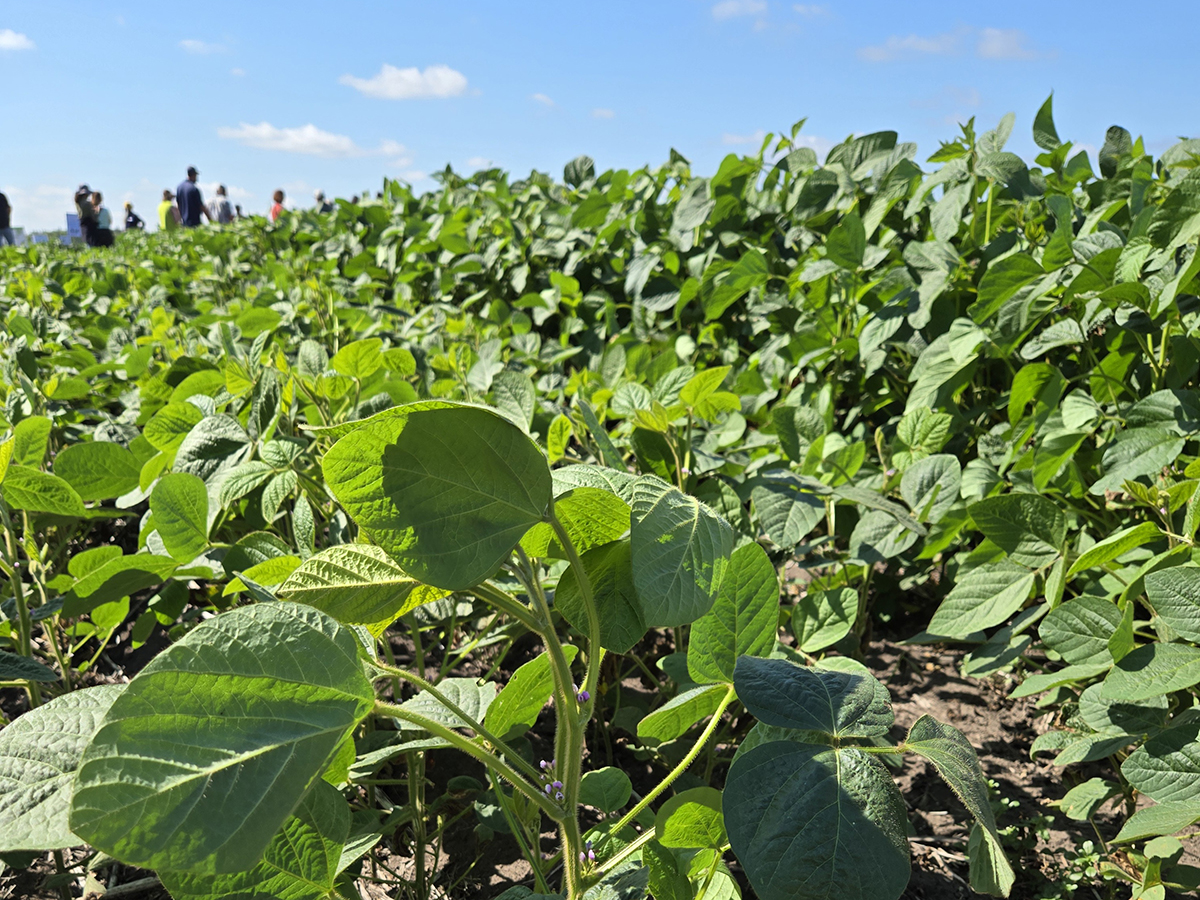DRAYTON VALLEY, Alta. — Oil and water may not mix, but oil and agriculture work well when managed carefully.
There are more than 200 oil wells and associated roads, pipelines and truck traffic on the 19,000-acre Pembina Provincial Grazing Reserve west of Drayton Valley.
Compensation for the oil activity goes directly to the provincial government, which owns the land.
“The challenge, or opportunity, is how to deal with this,” said Stewart McKay, Sustainable Resource Development’s rangeland manager for the area.
With that many wells, gates get left open and trucks kick up dust all summer long as they rattle along the rough gravel roads between well sites.
Read Also

Spider mites big soybean problem this season
Spider mite issues have been geographically limited but significant where they occur, said John Gavloski, an entomologist with Manitoba Agriculture.
“No surface compensation is one of the issues,” said McKay, who helps negotiate between the government, the grazing reserve and the energy companies.
To offset the inconvenience, some energy contractors build dugouts or other necessary maintenance on the 25-year-old grazing reserve.
Allan Goddard, chair of Brazeau County’s Agricultural Service Board, said Drayton Valley and the surrounding county were subsistence agriculture before oil was discovered in the area.
“Oil came in and brought jobs, brought money and brought infrastructure,” said Goddard.
Mud trails became roads, gravel roads were paved and farmers finally had extra cash.
“When oil came it brought jobs. A lot of farmers got their start by working out,” said Goddard, who adds himself to the list of farmers benefiting from the energy industry.
“If we didn’t have oil revenue on our property, I would also be working out.”
With its high rainfall, peat moss, plentiful grass and thick timber, Brazeau County is cattle country.
Before BSE was discovered in Canada in 2003, it wasn’t uncommon for the Pembina Grazing Reserve to have a 25-person waiting list of ranchers from across the province wanting to graze their cattle for the summer.
“At one time, the amount of cattle that came to Brazeau County from May to September was phenomenal,” said Goddard.
Cattle country is what Wendell Sekura saw when he first came to Drayton Valley in 1965 to open a livestock auction market.
“There was not a lot of cattle, but I saw grass grow,” said Sekura, whose family operates a land auction and livestock auction business in Drayton Valley and Westlock.
Cattle numbers have dropped since BSE and the waiting list for the Pembina Grazing Reserve has dropped to a handful.
It’s up to the grazing reserve’s board of directors to balance the needs of cattle producers, the energy industry, hunters and other recreational users.
“For the most part we get along with them pretty well,” said Cecil Andersen, chair of the reserve’s board of directors.
Each spring, 1,400 cow-calf pairs and 260 yearling heifers are brought to the reserve.
It costs patrons $18 an animal unit month to graze on the reserve. The cattle are divided into five herds and rotated through the 7,700 acres of improved pasture.
Each pasture is grazed about two and a half times a year.
“The priority is to graze cattle and treat grass as a sustainable resource,” said pasture manager Malcolm Miller. “With our grazing, we want to try to manage our resource and water to keep it for the long term.”
An extensive system of solar pumps and siphoning systems and tanks give cattle access to fresh water in each pasture.
“The big benefit is clean, fresh water, especially for the young stock,” said Miller.
All the work is done from horseback in a “stockman-like” manner.
“We want out stock quiet and stress free.”
Last year, there were only 16 dead and lost stock at the end of the season.














